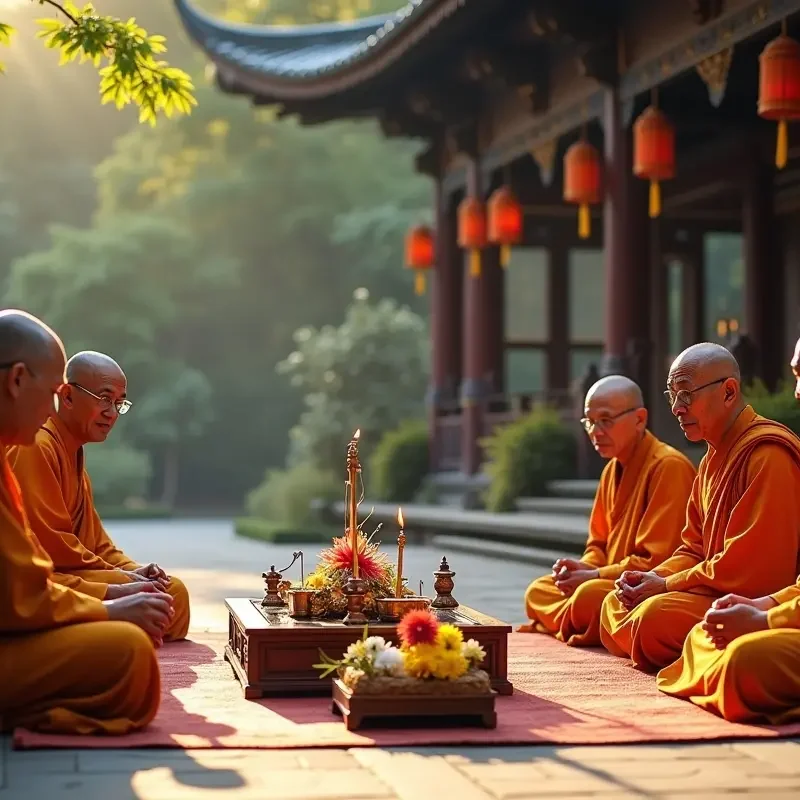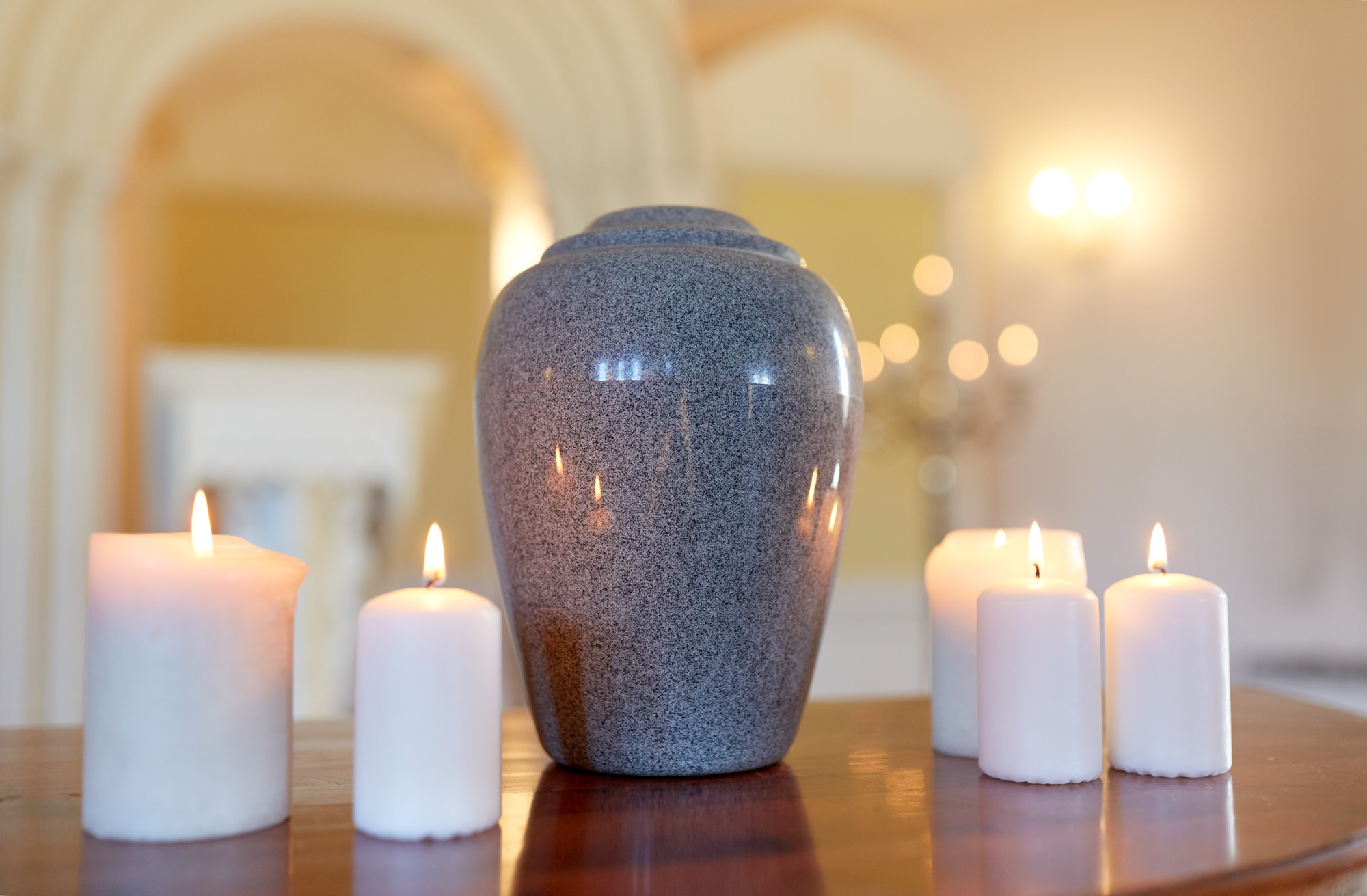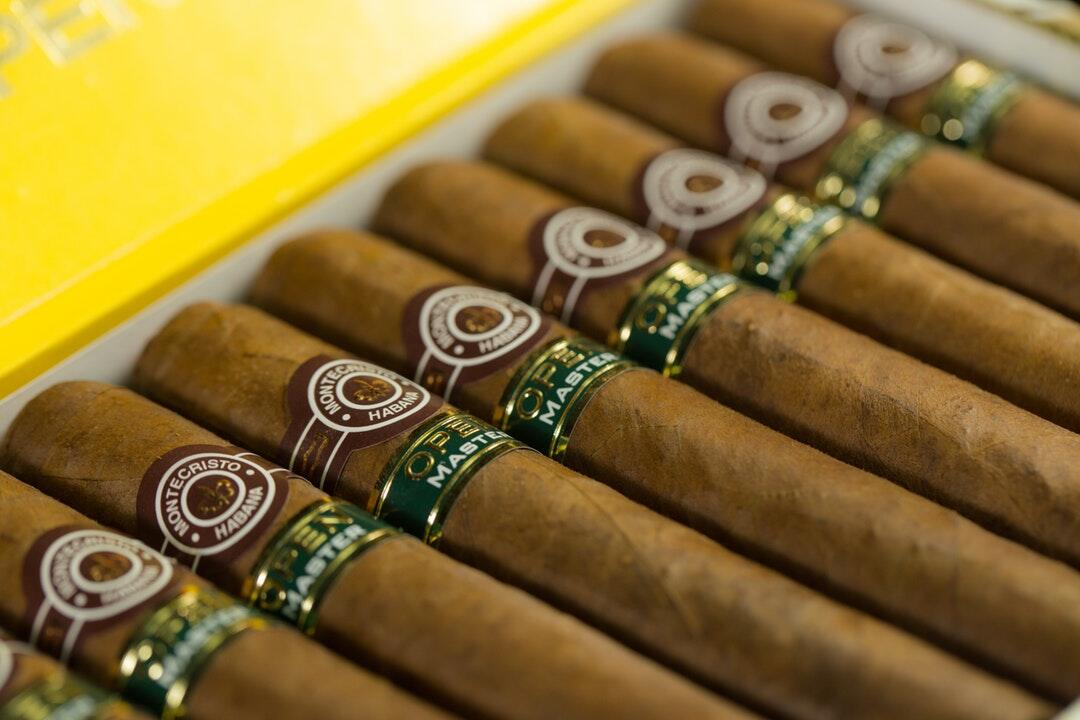Planning a funeral can be a challenging task, especially when trying to honour a loved one’s beliefs and traditions. If you’re new to organising a Buddhist funeral, you might feel overwhelmed with where to start and what to consider.
But don’t worry; we’re here to guide you through the process step by step. This guide will help you plan a meaningful and respectful Buddhist funeral, making sure every detail is taken care of to honour your loved one.
Understanding Buddhist Funeral Traditions
Before diving into the specifics, it’s essential to have a basic understanding of Buddhist funeral traditions. Buddhism, being a diverse religion, has various customs and practices, but a few key principles are consistent across most traditions. The primary goal is to help the deceased achieve a favourable rebirth or reach Nirvana. Compassion, respect, and simplicity are core values, and these principles often shape the funeral practices.
Step 1: Choosing the Right Funeral Providers
The first step in planning a Buddhist funeral is to find a funeral provider who understands and respects Buddhist customs. Some offer specific Buddhist funeral packages. A Buddhist funeral package can simplify the planning process by including necessary services such as arranging a monk for chanting, preparing the body according to tradition, and providing suitable funeral rites.
Look for providers who offer flexibility, as different Buddhist traditions may have specific requirements. It’s also important to ensure that the service can accommodate any special requests from the family or the deceased’s wishes, if known.
Step 2: Preparing the Funeral Ceremony
Unlike some traditions, Buddhist funerals don’t have a strict time frame, but it’s common to hold the ceremony within a week of the person’s passing. Consult with a monk or spiritual leader to choose an appropriate day and time, considering factors such as astrological dates that might be significant in certain Buddhist cultures.
The ceremony can take place at a temple, funeral home, or the family’s home. The setting should be peaceful, allowing for reflection and meditation. It’s typical to have a portrait of the deceased, an altar with offerings such as flowers, candles, and incense, and possibly a Buddha statue. The atmosphere should be serene, facilitating a sense of calm and contemplation.
Step 3: Traditional Rites and Rituals
Monk involvement – Inviting monks to lead the ceremony is a significant aspect of a Buddhist funeral. They perform chants and prayers that guide the soul of the deceased, offering blessings and helping with the transition to the next life. The number of monks and the specific prayers or sutras recited can vary based on the tradition and the family’s preference.
Chanting and meditation – Chanting is a central element of the funeral, believed to benefit both the deceased and the attendees. It’s common for guests to join in or listen to the chanting, which might include passages from the Buddhist scriptures. This is often followed by a period of silent meditation, allowing everyone present to reflect and offer personal prayers or thoughts.
Offerings – It’s customary to make offerings, which can include food, money, and other items that are believed to be useful for the deceased in the afterlife. These offerings are symbolic and reflect generosity, a key Buddhist virtue. In some traditions, these offerings are later donated to the monks or to charitable causes.
Step 4: Body Preparation and Cremation
Body preparation – The preparation of the body in Buddhist funerals is usually done with great respect and care. This can involve washing and dressing the body, often in simple, white clothes symbolising purity. In some traditions, the family may participate in this process as an act of devotion.
Cremation vs. burial – While cremation is common in Buddhist funerals, burial is also practiced, depending on cultural norms and personal preferences. The choice between cremation and burial should be discussed with the family and respected in line with the deceased’s wishes.
Cremation ceremony – If cremation is chosen, it often includes additional rituals, such as the lighting of the funeral pyre or the activation of the cremation machine. This act is typically accompanied by further chanting and prayers. The family may also have the opportunity to offer final respects before the cremation process begins.
Step 5: Post-Funeral Rituals
Memorial services – After the funeral, it is common to hold memorial services at various intervals, such as on the seventh, forty-ninth, and one hundredth day after death. These ceremonies provide opportunities for family and friends to gather, remember the deceased, and support each other through the mourning process.
Distribution of ashes – If the body was cremated, the ashes are typically collected and may be kept in an urn at home, interred in a columbarium, or scattered in a meaningful place, such as a river or garden. In some traditions, the ashes are divided among family members.
Offering food and donations – Continuing the tradition of generosity, it is customary to offer food and make donations to monks or temples in the name of the deceased. This practice is believed to generate good karma and aid the deceased in their spiritual journey.
Navigating Cultural Differences and Personal Preferences
It’s essential to acknowledge that Buddhist funeral practices can vary widely based on cultural background, regional traditions, and personal preferences. For example, rituals in Tibetan Buddhism might differ significantly from those in Japanese or Thai Buddhism. Engaging with knowledgeable community leaders or monks can provide invaluable guidance to ensure the ceremony aligns with the specific traditions you wish to honour.
Supporting the Family and Community
Beyond the rituals and ceremonies, a Buddhist funeral is also a time for the community to come together and support the bereaved family. Offering compassion, sharing memories, and providing practical help, such as preparing meals or assisting with arrangements, are all meaningful ways to show support.
Encourage open communication within the family and with spiritual leaders to address any concerns or questions about the rituals and traditions. This open dialogue can help alleviate stress and ensure that everyone feels included and respected throughout the process.
Wrapping Up with Grace
Planning a Buddhist funeral is a profound responsibility that allows you to honour your loved one’s life and beliefs while providing comfort to those left behind. By understanding and respecting the key traditions, choosing the right providers, and focusing on the compassionate essence of Buddhism, you can create a beautiful and meaningful farewell.
Remember, every detail, from the chanting monks to the simplicity of the offerings, contributes to a ceremony that is not only a tribute to the deceased but also a source of solace and reflection for the living. Take this opportunity to celebrate life, reflect on its impermanence, and find peace in the wisdom of Buddhist teachings.







